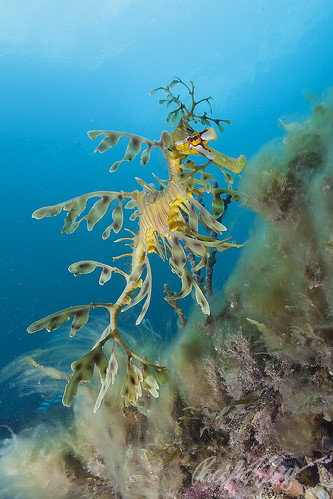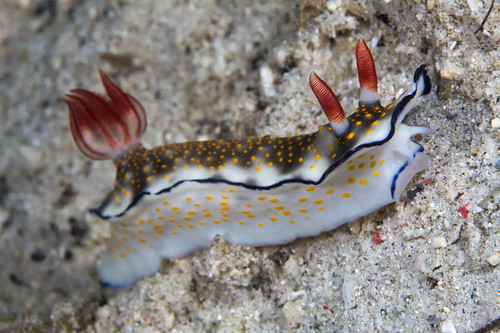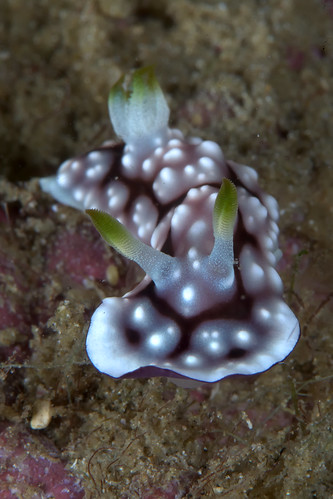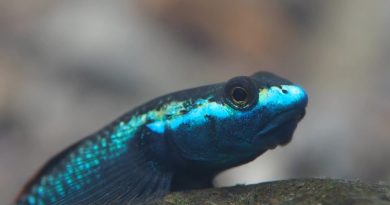Anilao Slugs
Here I am! Anilao, Bantangas, just about 4 hours south of the ultra-epic traffic jam known as Metro Manila, in one of the Philippines’ top critter diving destinations. For many years I have heard other divers rave about the superb critters seen in Anilao, and I am excited to finally have made it to the place. I’m at the wonderful
perched on the hills just above the mirror-flat ocean.
What did I see so far?
Nudibranchs! And then some more nudibranchs, plus more nudibranchs. In fact, the fish fauna in Anilao is also very interesting but I’ll get to that in the next post. But the sea slugs of Anilao heavily caught my eye on my first underwater adventures here. In three dives with a camera I photographed 15 species of these mollusks, and saw some more which were either too small, or hiding in crevices so that I couldn’t take a shot of them. Several of these species I saw for the first time, among them the incredibly, utterly amazing Ceratosoma alleni:

This is a sea slug which pretends to be a soft coral to avoid predation. A true apex of evolution – kind of a similar evolutionary idea to the leafy seadragon, which is a fish pretending to be seaweed:

It’s an intellectual and spiritual delight to observe and photograph such an animal. The dive guide pointed out the first to me, but the second alleni I found myself.
We might ask (or at least I ask!): Why are there so many nudibranchs in Anilao, and in the tropical Pacific, in general? One reason is that there are very many marine species in general in the “coral triangle”, the region between the Philippines, eastern Indonesia and PNG. The tropical location and the many little islands with their incredibly long intricate coastlines are one reason for the amazing biodiversity. There are lots of places for reef animals to thrive. Another reason might be that the coral triangle was a refuge for tropical species during the last ice age. This is all detailed in this brilliant, though out-of-print book:
But then on top of a generally high marine biodiversity in the coral triangle, why are there so many sea slugs? I think a number of factors favor speciation (the evolution of new species) amongst the nudis: They are slow-moving animals which lay their eggs on the substrate, which limits dispersal. If the offspring of a slug disperses less, that means less genetic mixing and a higher chance for two separate populations to become more dissimilar and develop into two new species. Also, I have the impression that many nudibranchs are extreme food specialists. One species of nudi typically seems to be feeding on one type of sponge, tunicate or soft coral. So, the great variety of these food animals gives rise to a great variety of nudibranchs.
Let me point out that what I am writing here is speculation, but certainly educated speculation, informed by a grasp of evolutionary biology and my observations on 2000+ dives!

And finally, we have to ask, why are there so many nudibranchs specifically in Anilao? Good question. Often, the presence of small marine animals is determined by physical features of the ocean: which currents are present (or absent!), what the water temperature is (relatively cold in Anilao), and how much sunlight is available. I will have to ponder these questions during more dives in Anilao. Any suggestions? I’d like to hear them.



